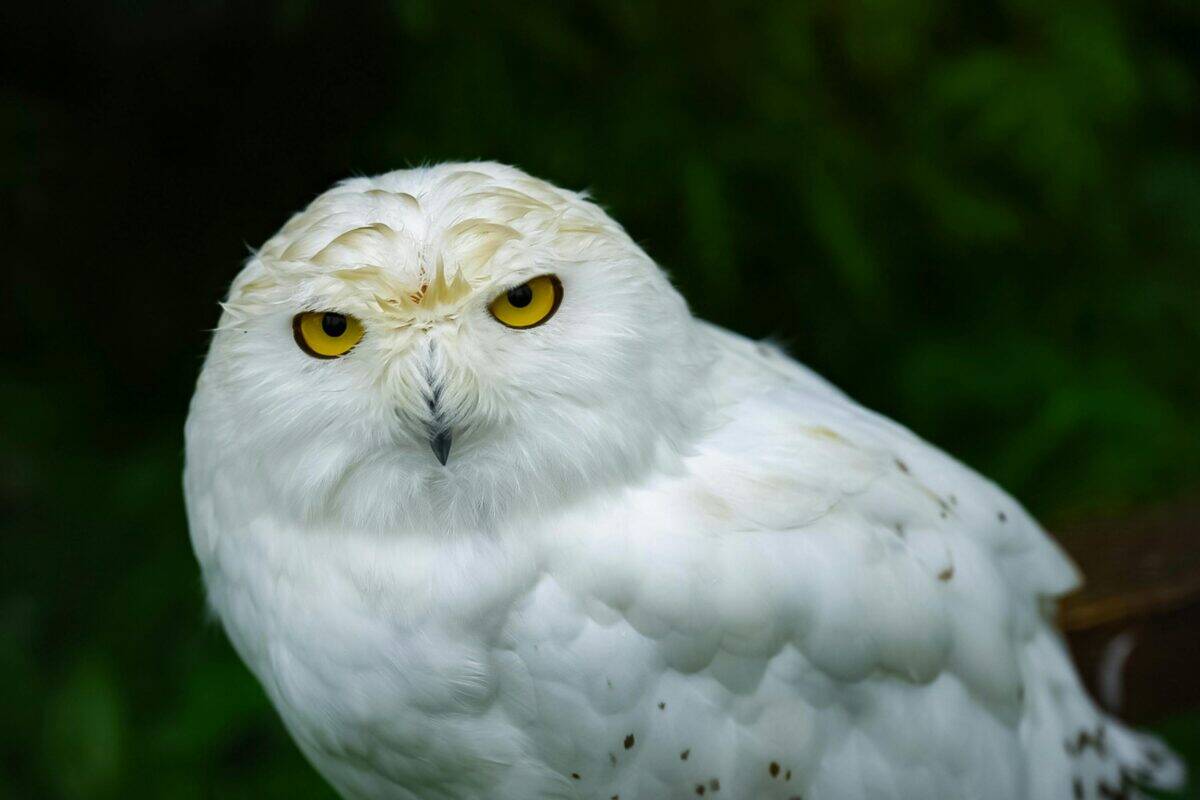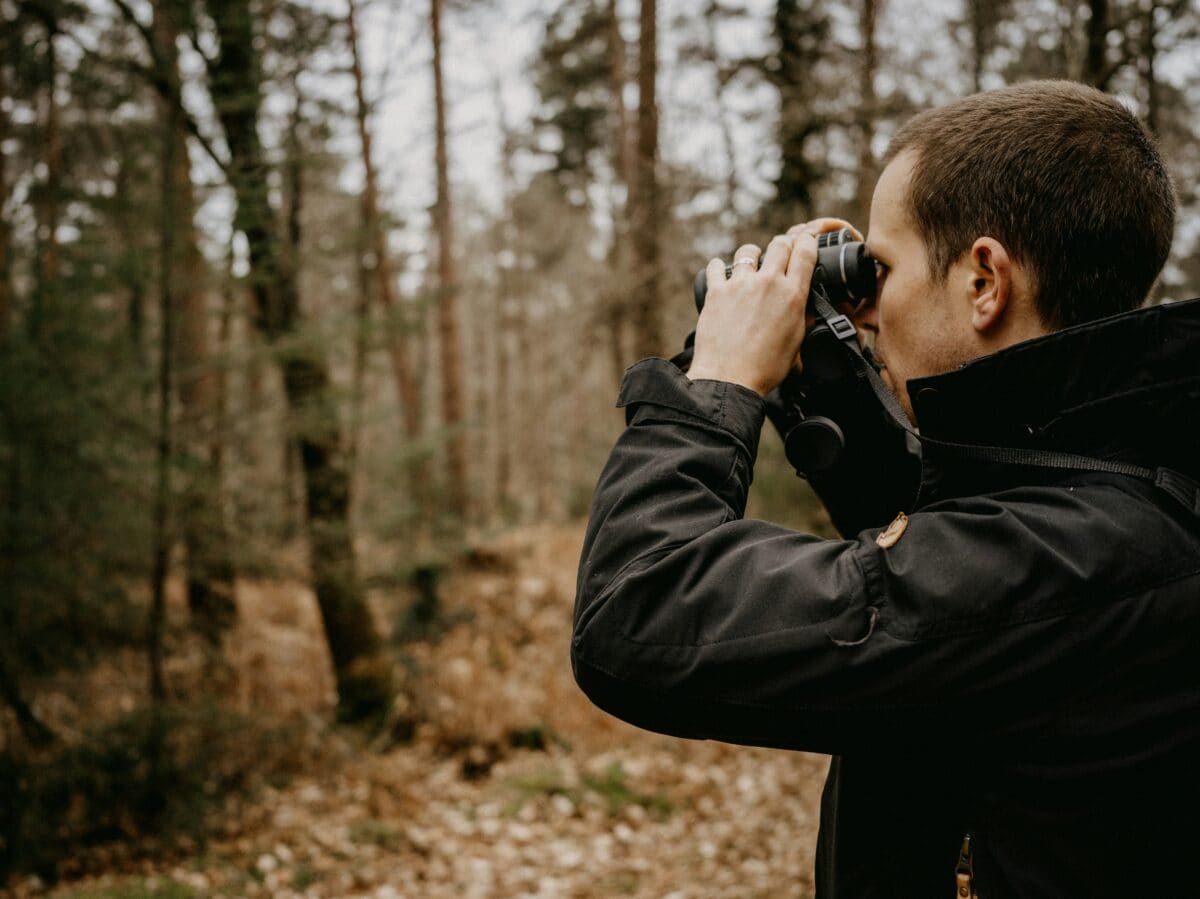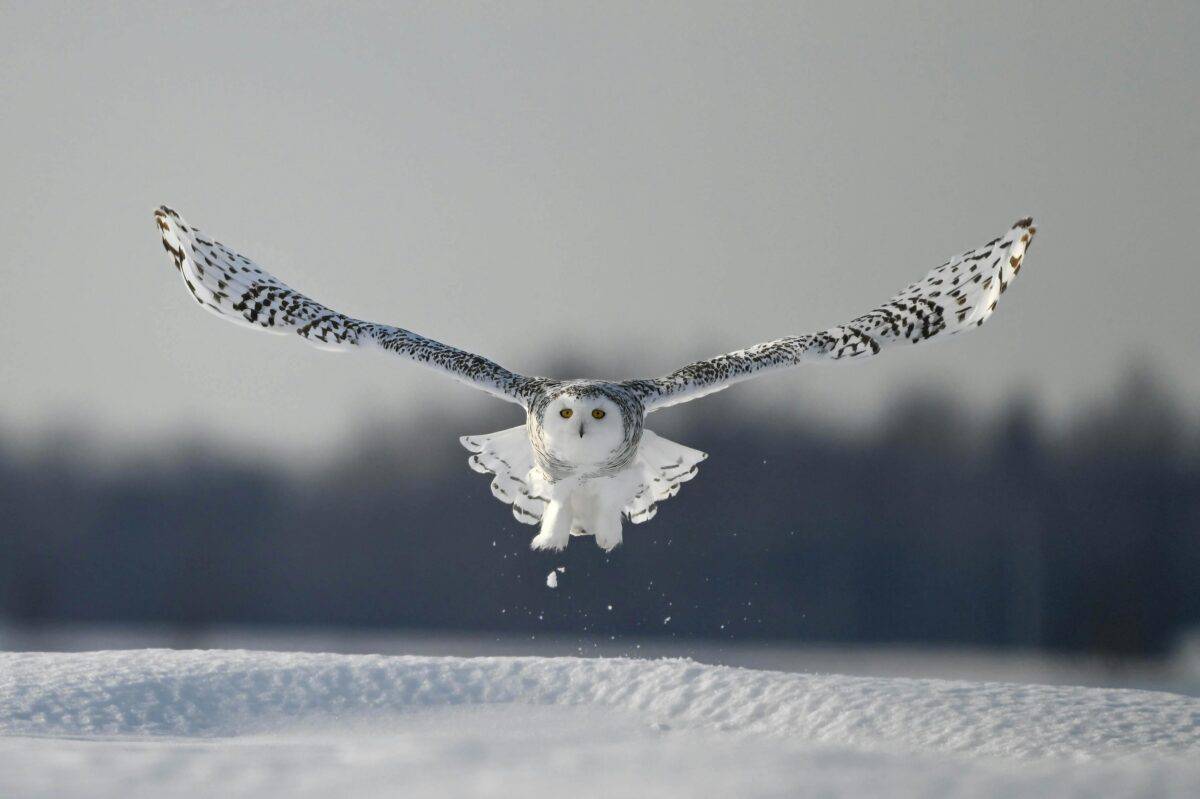A ghostly white figure perched on a Texas light pole has left residents and birdwatchers stunned. A snowy owl, a bird usually seen far north in the Arctic tundra, touched down in Fort Worth, making this only the sixth confirmed sighting in Texas history. Locals are calling it a once-in-a-lifetime encounter—and experts say it’s no random visit.
Ghost of the North in the Heart of Texas
In early January 2025, residents noticed a striking white bird perched on a shopping center light post near Interstate 35. At first, many thought it was an escaped pet or decoy. But once photos hit social media, birders from all over the region confirmed the unthinkable: it was a juvenile female snowy owl.
Dozens of bird enthusiasts flocked to the scene with binoculars, long camera lenses, and stunned expressions. The owl appeared healthy and alert, preening, hunting, and watching the landscape from its perch. Some drove hours just to glimpse it before it disappeared again into the wild.
Why Was This Arctic Hunter in Texas?

The snowy owl’s appearance is tied to a natural phenomenon called an “irruption.” When prey like lemmings booms in the Arctic, snowy owls have large broods. Come winter, the extra juveniles—especially females—may fly hundreds or even thousands of kilometers south, far beyond their usual range.
Texas is rarely on their flight map. Most irruptions end in the northern U.S. or southern Canada. That’s what makes this event so remarkable: this bird traveled more than 3,000 kilometers (1,800 miles) to reach Fort Worth, defying all odds.
What’s more fascinating is that these birds aren’t driven south because they’re starving—they’re usually well-fed and strong, pushed south by high populations and crowding up north.
Dangers Far From Home
While it’s exciting for humans to see such a rare bird, the owl is likely facing serious risks:
- Urban Hazards: Power lines, traffic, and loud noises are foreign and dangerous to an Arctic bird.
- Heat Stress: Texas temperatures, even in winter, can be difficult for birds built for sub-zero conditions.
- Poisoned Prey: Urban rodents are often poisoned, and birds that feed on them may ingest toxins.
Unfortunately, studies show many snowy owls that appear far south don’t survive the trip home. That’s why experts are urging caution and respect.
What You Can Do If You Spot One

If you’re lucky enough to see a snowy owl—or any wild bird—here’s how to help protect it:
- Keep Your Distance: Stand at least 30 meters (100 feet) away. Use a zoom lens or binoculars instead of approaching. Crowds can stress the bird, forcing it to move or making it vulnerable.
- Don’t Share Exact Locations: Posting vague location info (like the general neighborhood) helps protect the bird from being overwhelmed by onlookers.
- Avoid Flash Photography or Loud Noise: Let the owl rest and hunt in peace. These birds need calm to recover after long-distance travel.
- Contact Local Wildlife Groups: If the owl appears injured or isn’t moving for hours, notify wildlife rescue services. Many regions have bird rehab centers trained to intervene without harm.
A Fleeting Visit With a Powerful Message
This snowy owl’s journey isn’t just a marvel—it’s a signal. As climate patterns shift and human sprawl continues, rare species like this are being spotted farther from their traditional homes. Whether it’s due to natural cycles or changing ecosystems, one thing is clear: we’re sharing space with some very unexpected guests.
If we’re lucky enough to witness them, we owe it to them—and the wild world they come from—to tread lightly, watch respectfully, and spread the word about conservation. The snowy owl may not return soon, but its silent glide over Texas won’t be forgotten anytime soon.
- Bride Surprises Groom With Rescued Animals at Bachelor Party - August 7, 2025
- White Deer Duo Stuns Iowa Family on Backroad Drive - August 1, 2025
- Iguana Fell and Hit Florida Man in the Face During Cold Snap - July 18, 2025

